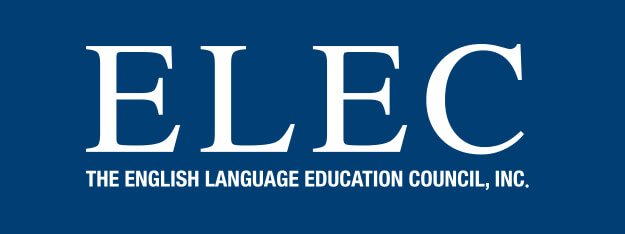
第二言語学習における暗黙的学習の支援と奨励(3/3)
授業でしっかり教えたはずの英語が、実際の会話では使えない――そんな経験はありませんか?
それは、明示的に学んだ知識が「暗黙的知識」にまで定着していないからかもしれません。
本稿では、英語教育に長年携わるPac先生が、第二言語習得の観点から、暗黙的学習とは何か、なぜそれが重要なのか、そして教室でどのように促すことができるのかを、理論と実践の両面から考察します。
明日からの授業に取り入れられるヒントも多数。言語教育に携わるすべての方に読んでいただきたい内容です。本記事は、全3回にわたる連載の最終回です。ぜひ前編とあわせてご覧ください。
※今回より英語原文のみの掲載となります。
Supporting and Encouraging Implicit learning
in Second Language Learning (3/3)
How to Encourage Implicit Learning in L2 Acquisition
The question for SLA practitioners then is how these concepts can help our learners to gain fluency. While there has been growing interest in the effects of implicit learning, there is not a lot on how it can be encouraged or supported. Therefore, many of the following ideas will be based on my own observations and experiences framed by the concepts already presented.
I think one of the easiest ways to incorporate priming into your classes is through lesson structure. Priming refers to the way in which language processing has been influenced by language which has been previously introduced. This occurs with little or no awareness on the part of the learner (Silkes et al., 2020). I have found that having a consistent plan for my lessons allows students to anticipate the language I am going to use. This means after a few weeks into a course, students do not hesitate when they hear “Get into groups.” or “Check with a partner.” The same concept can be applied to written instructions as well.
It should be noted that this does not mean instructors need to be robotic or that they need to use the exact same phrases all the time. Nor does it mean every lesson needs to have the same stages. Having students pick up on small differences is a side benefit of implicit learning.
In addition to priming, learners should also be practicing emulation. This occurs when students are allowed to complete a task in a manner of their choosing. If lessons are properly scaffolded, this already takes place in the production stage of communicative based class. As much as possible, we should do our best not to explicitly reference the target language when assigning tasks at this stage. Students should be focused on the purpose of their communication instead of relying too much on explicit knowledge. Post-task feedback should be the stage at which overt corrections are made. However, it may be done implicitly as well.
Something I have done in many classes is to incorporate target language into feedback, either written or spoken. For example, you might have the following interaction after a task in which students needed to find out what their classmates were going to do for the weekend:
T: So, Yui did you find out Akira’s plan for the weekend?
S: Yes, he said that he will go to a museum.
T: Really? Which museum is he going to visit?
S: He said he’s going to visit the National Museum in Ueno.
Of course, the student might not respond with the target language (“going to…”), but this is not something we need to overly worry about. Having students respond to the target language with little hesitation should be a bigger priority.
Final Thoughts
As noted earlier, implicit learning cannot replace explicit methods in the SLA context. In addition, it is only recently that a significant amount of research has focused on this area. Therefore, what constitutes best practices in implementing implicit learning is still up in the air. This might lead some instructors to focus exclusively on the explicit angle and leave the implicit up to the learner. However, I would recommend SLA instructors keep their ears to the ground and be ready to adapt as research continues to bring new information to light.
References:
・Silkes, J. P., Baker, C., & Love, T. (2020). The time course of priming in aphasia: An exploration of learning along a continuum of linguistic processing demands. Topics in Language Disorders, 40(1), 54–80.
